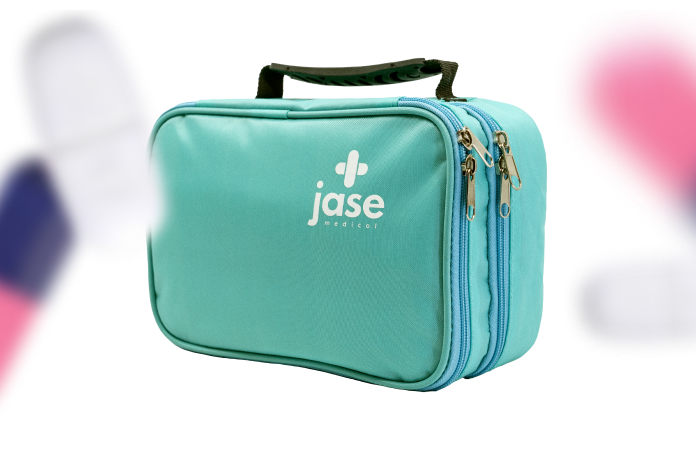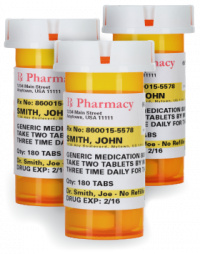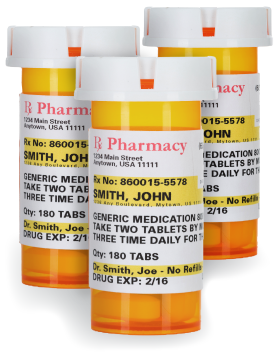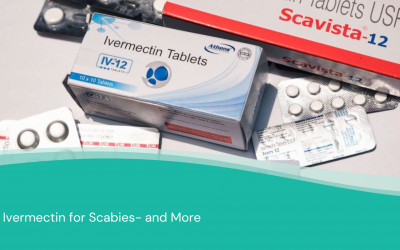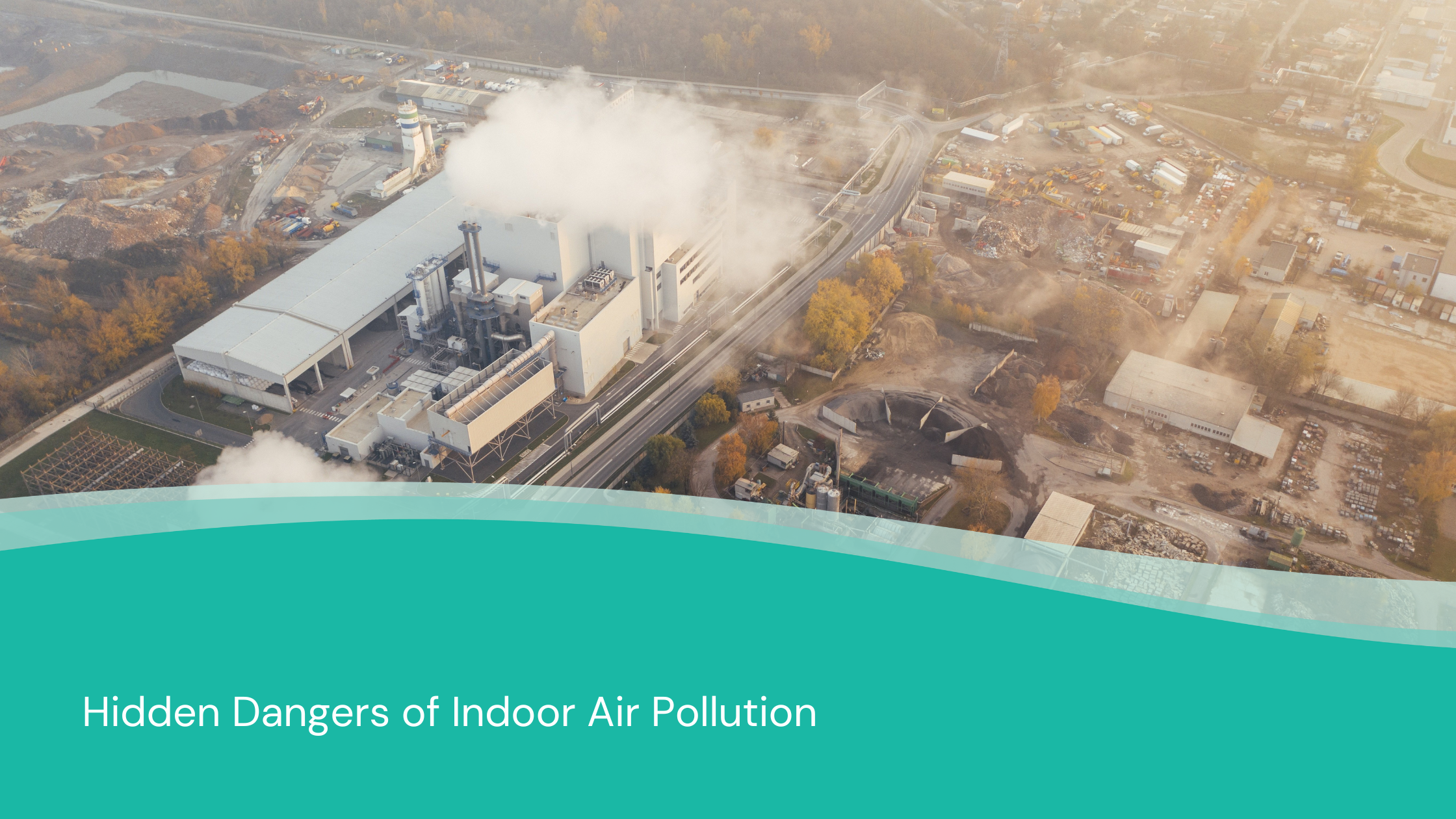
(Especially in the Winter)
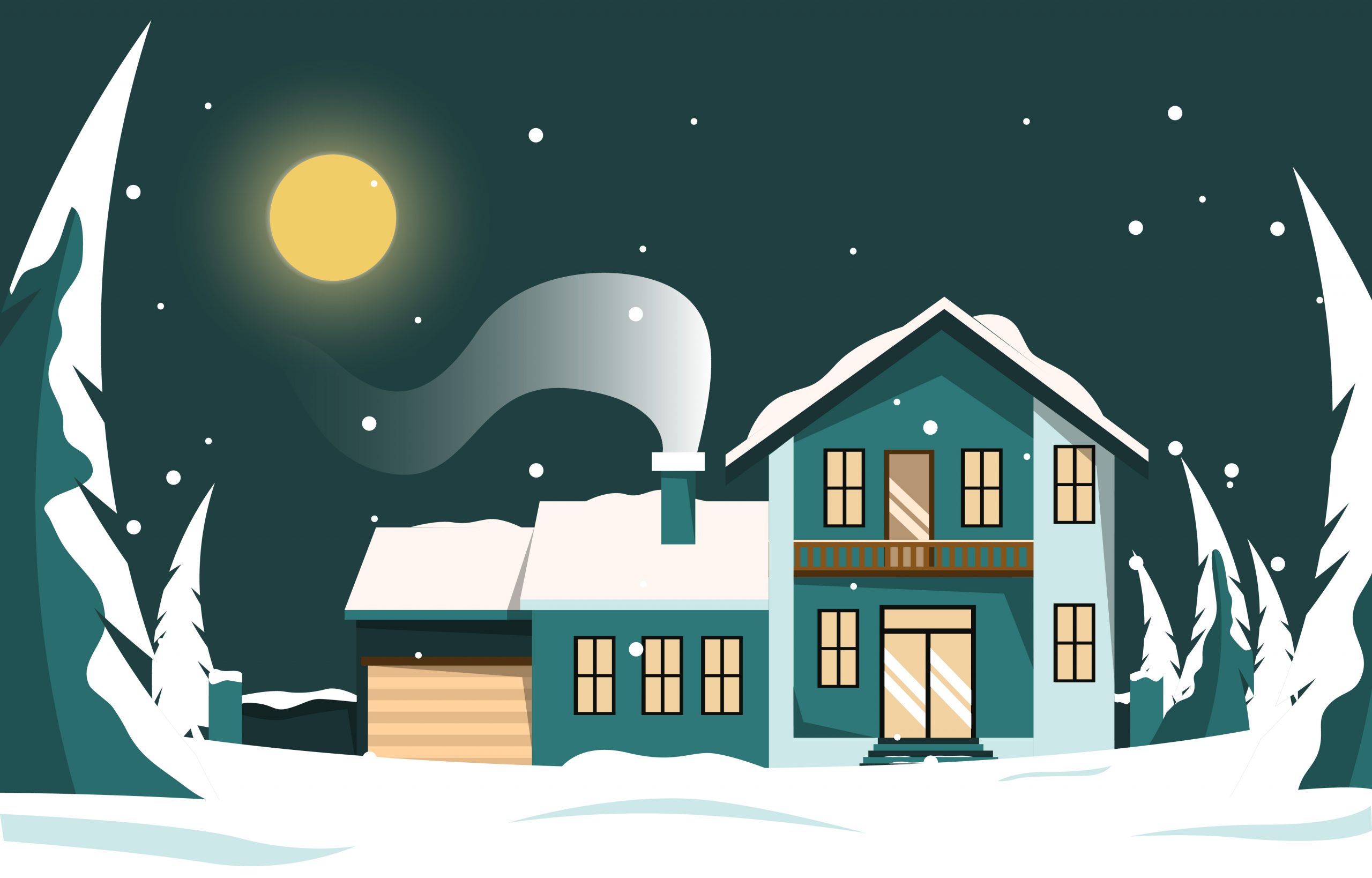
People spend at least 90 percent of their time indoors, and this is especially true during winter months in the Northern latitudes. Cooler air, treacherous driving conditions, high winds, rain, ice, and snowstorms force many to stay inside, shuttering windows and winter-proofing the home as much as possible. The lack of circulating air, however, can come at a cost to you and your loved one’s health.
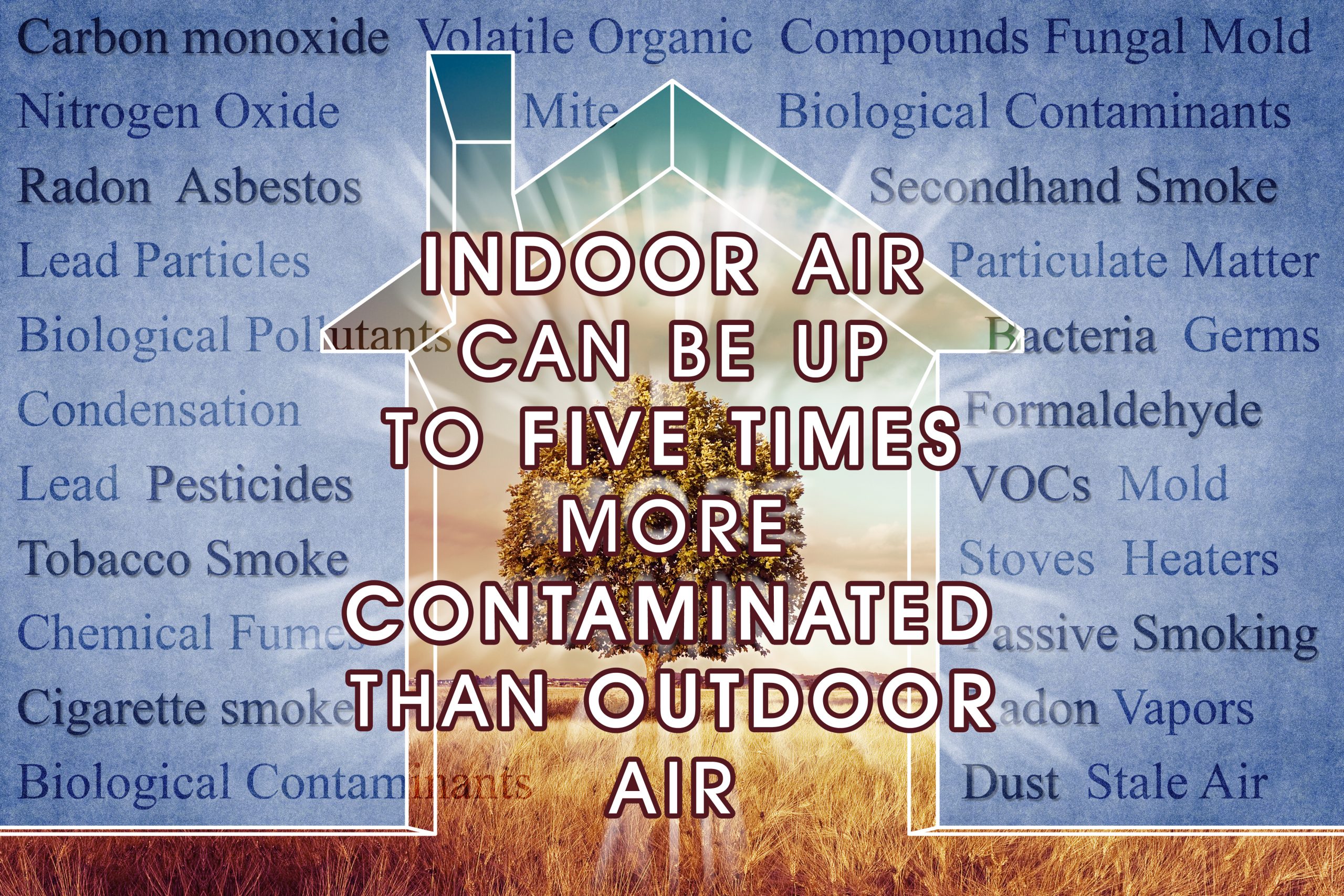
Indoor air can be two to five times more polluted than outdoor air, especially during the winter months when we seal up our homes to conserve heat, trapping pollutants.
Sources of indoor air pollutants
- Vehicle emissions and exhaust seeping in through garage and air vents
- Radon (EPA estimates that radon contributes to between 7,000 and 30,000 lung cancer deaths each year)
- Leakage from underground storage tanks (oil, gas, etc.)
- HVAC – improper venting of ductwork, dirty ducts, moisture, or debris in ductwork
Furniture and building materials
- Improper plumbing leading to sewer gas escaping from traps
- Emissions from new furnishings, flooring, paints, etc.
- Excessive moisture buildup, standing water from leaks
Other indoor sources – VOCs
VOCs are chemicals that vaporize at room temperature and can cause a variety of health problems
- Cleaning supplies, pesticides, secondhand smoke
- Fireplace and woodstove heat
- Personal care products
- Art supplies (dry erase markers, adhesives, chalk, etc.)
Biological agents
- Animal dander
- Body fluids- saliva, urine
- Bacteria
- Cockroaches
- House dust mites
- Mildew
- Molds (can be distributed throughout the home through air ducts)
- Pollen
- Dust
- Viruses
- Plants
- Animals
Infectious illnesses are transmitted through the air. In poorly ventilated homes the air can trap and spread infections such as influenza, measles, and chicken pox. Molds and mildews release disease-causing toxins. Symptoms of health problems caused by biological pollutants include:
- Eye, nose throat irritation
- Dizziness, nausea
- Shortness of breath
- Sinus congestion, cough, sneezing
- Lethargy
- Watery eyes
- Digestive upset
Poor indoor air quality health can lead to
- Exacerbation of asthma
- Respiratory disease
- Hypersensitivity pneumonitis
- Immune system suppression (from medications, chemotherapy, radiation, or disease)
The long-term health consequences of clean air in your home cannot be overstated. Below are some tips to clean the air:
- Increase ventilation. This alone can help reduce infectious particle concentration, which in turn lowers transmission risk. Open windows, allow fresh air into rooms during the day.
- Inspect and maintain exhaust ventilations systems in areas such as kitchens, cooking areas, etc.
- Use and periodically change air filters- both portable and in air duct/use HEPA filters, run continuously even when not in room to capture mold, dust and lung irritants.
- Limit the VOCs used in the home. Opt for safer, less toxic cleaning and personal care products. The Environmental Working Group has rated cleaning products according to toxicity. They also have personal care product ratings and much more.
- Use fireplaces and woodstoves only if needed. Clean and service annually.
Monitor and aim for between 30 and 50% moisture in home
- Check for excessive moisture in areas where there is plumbing- laundry room, bathrooms, kitchens. If there is excessive moisture but no plumbing leaks, run the bathroom fan during and 30 minutes after bathing. Install a dehumidifier to prevent mold growth.
- Check for condensation on your windows and furniture. Wipe down condensation where water collects.
- When cooking, cover post and use the exhaust fan above the stove.
- Move furniture at least 2 inches away from walls to allow circulation behind the furniture.

Have your home tested for radon
According to the CDC:
“Radon is the second leading cause of lung cancer deaths in the United States after cigarette smoke.
Radon is an odorless and invisible radioactive gas naturally released from rocks, soil, and water. In outdoor environments, radon levels are very low and generally not considered harmful.
Radon can get into homes or buildings through small cracks or holes and build up to higher levels. Over time, breathing in high radon levels can cause lung cancer.”
The CDC goes on to report:
“According to estimates from the Environmental Protection Agency:
- Radon causes about 21,000 lung cancer deaths each year.
- 1 in 15 homes in the United States have high radon levels.”
Common sources: Radon forms naturally in ground water when naturally occurring uranium, radium, and thorium break down. Showering, washing dishes, and doing laundry can disturb the water and release radon gas into the air you breathe.
Removing it from drinking water: Treat water using aeration or GAC treatment where the water enters your home (point-of-entry device) so that it will all be treated. Point-of-use devices, such as those installed on a tap or under the sink, will only treat a small portion of your water and will not reduce radon in your water.
Aeration treatment—spraying water or mixing it with air and then venting the air from the water before use.
GAC treatment—filtering water through granular activated carbon. Radon attaches to the carbon and leaves the water free of radon. Disposing of the carbon may require special handling if it is used at a high radon level or if it has been used for a long time.
- Brooke Lounsbury, RN
Medical Content Writer
Lifesaving Medications
Recent Posts
Keeping you informed and safe.
Ivermectin for Scabies- and More
Discovered in the late 1970s and approved as a commercial product for animal health in 1981, ivermectin, an antiparasitic drug was initially used by veterinarians to treat mite and heartworm infections. In 1988, ivermectin was approved to treat Onchocerciasis (known...
How Should I Store My Jase Case and Add-ons?
You recently made the proactive decision to purchase the Jase Case and some add-ons. This investment is a hedge against interrupted medication supplies due to natural disasters, travel to medically underserved regions of the world, and world events leading to extended...
Heading to the Slopes? Take these Steps to Avoid Altitude Sickness
After a warmer than usual December, many ski resorts across the nation are finally able to open. The beginning of January threatened to be the start of a disappointing ski season. Many resorts had reported little to no snow. The situation rapidly changed when the...
Looking for the Most Complete Medical Kit? Look No Further
As Jase continues to make waves in the medical preparedness community, we have historically been on the cutting edge of customer service, medication selection and innovation, delivering the highest quality product to our valued customers. Jase Daily, launched last...
